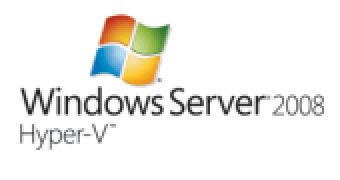Microsoft has worked to make it easier for customers to resolve a few issues involving the hypervisor role in Windows Server 2008 R2 and Nehalem and Westmere CPUs.
In this regard, the Redmond company has released update rollup package for the Hyper-V role in Windows Server 2008 R2 on August 24, 2010.
The update rollup package for Hyper-V is designed to bundle together three updates, all of which have already been available to customers as standalone fixes.
With the update rollup, the software giant is only making it simpler for IT admins to resolve any issues they might have with Windows Server 2008 R2 Hover-V.
Here are the issues that are being dealt with:
“1. When a computer has one or more Intel CPUs code-named Nehalem installed, you receive the following Stop error message:
0x00000101 ( parameter1 , 0000000000000000, parameter3 , 000000000000000c) CLOCK_WATCHDOG_TIMEOUT
The Nehalem CPU for a server is from the Intel Xeon processor 5500 series and for a client computer is from the Intel Core-i processor series.
2. Consider the following scenario: you run a virtual machine (VM) on the computer; you use a network adapter on the VM to access a network; you establish many concurrent network connections. Or, there is heavy outgoing network traffic.
In this scenario, the network connection on the VM may be lost. Additionally, the network adapter is disabled.
3. When a computer has an Intel Westmere processor, you receive an error message that resembles the following:
STOP: 0x0000001a ( Parameter1 , Parameter2 , Parameter3 , Parameter4 ) MEMORY_MANAGEMENT.”
The rollup is available for download through Microsoft Update, and customers with Windows Server 2008 R2 are already able to access the refresh.
However, the update rollup package for the Hyper-V role in Windows Server 2008 R2: August 24, 2010 can also be grabbed as a standalone release from the Download Center.
Microsoft also explained the specific causes of the issues fixed by the rollup update:
“Issue 1 - This issue occurs because of a known erratum of the Intel code-named Nehalem processors. The known erratum creates some spurious interrupts. Therefore, you receive the Stop code error.
Issue 2 - This issue occurs because of a race condition in the hypervisor.
Issue 3 - This issue occurs because the hypervisor does not handle the caching from the Virtual Machine Control Block (VMCB) feature correctly. Therefore, some memory is corrupted, and the Stop error occurs.”

 14 DAY TRIAL //
14 DAY TRIAL //